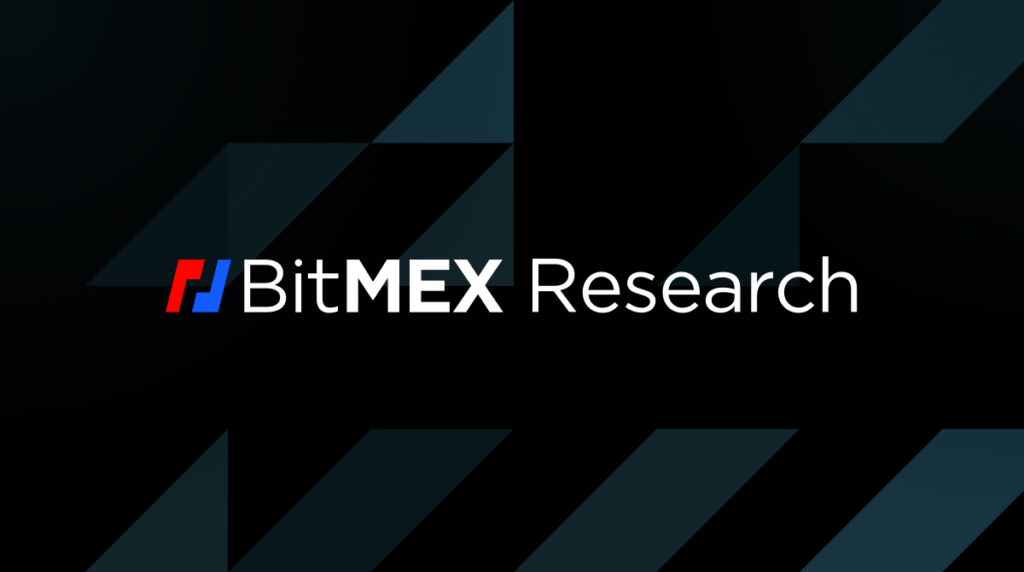Research Summary
This report evaluates Paul Sztorc’s BIP-300 and BIP-301 Drivechain proposals, assessing the sidechain peg-out system and the benefits of blind merge mining. It discusses the economic and incentive arguments around Bitcoin mining and sidechains, highlighting potential higher mining costs associated with merge mining and the centralisation risks. The report also explores the potential benefits that a successful blind merge mined sidechain with significant MEV opportunities could offer Bitcoin.
Key Takeaways
Drivechain Proposals
- BIP-300 and BIP-301: These are two proposals by Bitcoin researcher Paul Sztorc. BIP-300 includes the peg-out mechanism for the sidechains, while BIP-301 makes blind merge mining possible.
- Blind Merge Mining: This is a process where a third party runs the sidechain, builds sidechain blocks, and receives the sidechain fees. These fees are then passed on to the Bitcoin miners in the form of Bitcoin transaction fees.
- Peg-out System: This is a key challenge with sidechains, enabling the peg-out of Bitcoin back to the Bitcoin mainchain in a trustless way. BIP-300 proposes a solution that relies on Bitcoin miners.
Benefits and Risks
- Benefits of Blind Merge Mining: This mechanism shelters Bitcoin from the risks of the sidechain. The fees are expected to be passed on to Bitcoin miners by an auction type system.
- Risks of BIP-300: The miner voting system for sidechain peg-out is controversial and has many significant weaknesses, including the potential for miners to steal funds, miner apathy, and a time-consuming redemption process.
- Increased Complexity: The implementation of these proposals could add complexity to Bitcoin, requiring full Bitcoin nodes to monitor an additional database of sidechain identities and sidechain commitment transactions.
Mining Economics and Incentives
- Mining Centralisation: There are concerns that merged mined sidechains could increase mining costs and therefore increase mining centralisation. However, Paul Sztorc argues that these costs are just like any other mining costs and should not be a valid argument against merged mining.
- Vertical Integration: There is a risk that miners may vertically integrate their business models and run the sidechains themselves, which could negate the benefits of blind merge mining.
- MEV Opportunities: A successful Bitcoin sidechain generating a large amount of MEV could be highly desirable, but it could also be a centralising force and represent a risk.
Actionable Insights
- Consider the Potential of Blind Merge Mining: Despite the risks, a successful blind merge mined sidechain with significant MEV opportunities could offer Bitcoin significant benefits. Therefore, it could be worth exploring this further.
- Monitor Developments in Ethereum: Given the similarities between blind merge mining and a situation in Ethereum, it could be beneficial to observe how proposer builder separation plays out in Ethereum before deciding to push ahead with BIP-301.
- Revisit Previous Ideas: Given the weaknesses of the BIP-300 peg-out system, it may be worth revisiting the original Blockstream sidechain fraud proof ideas from 2014.











